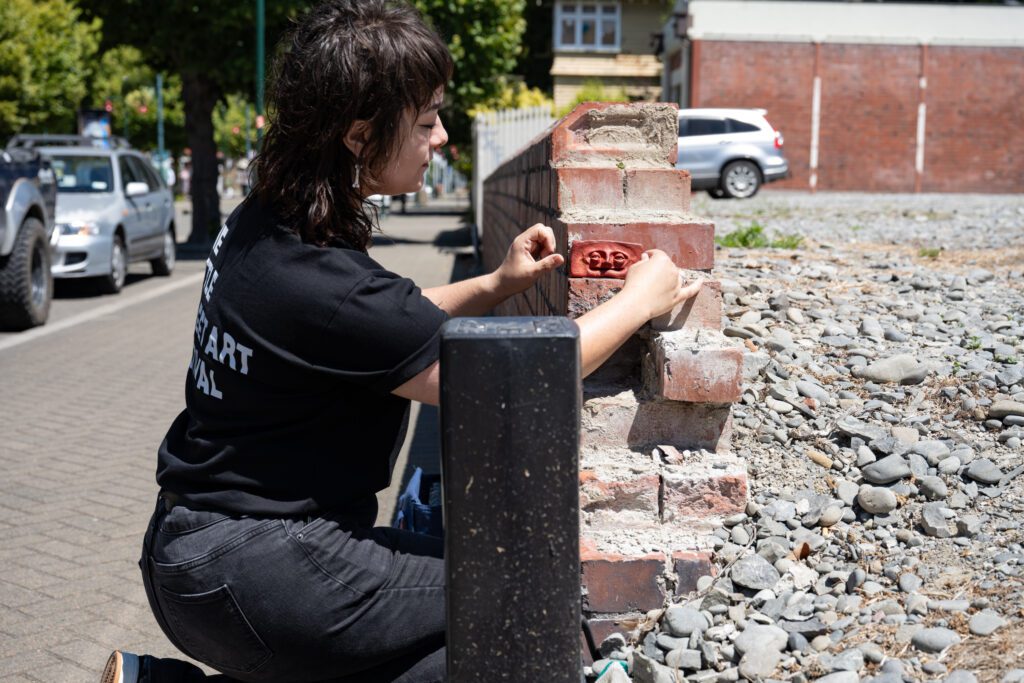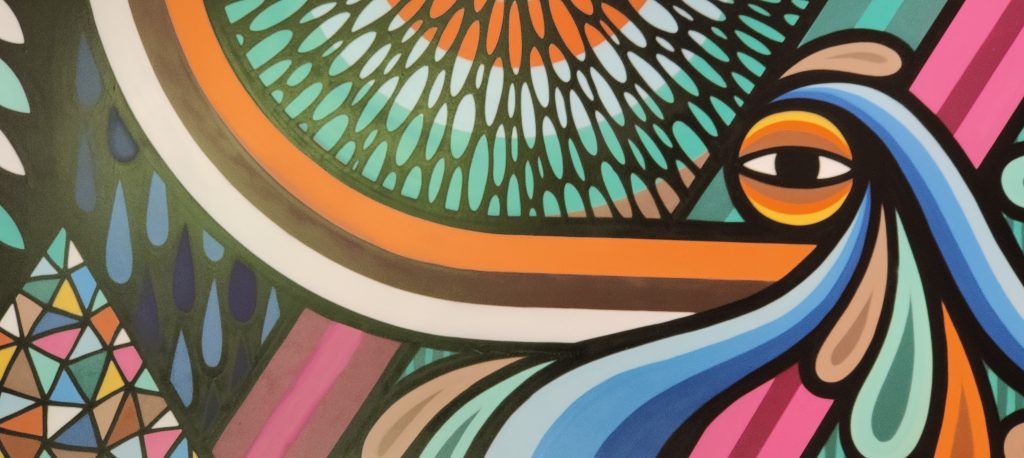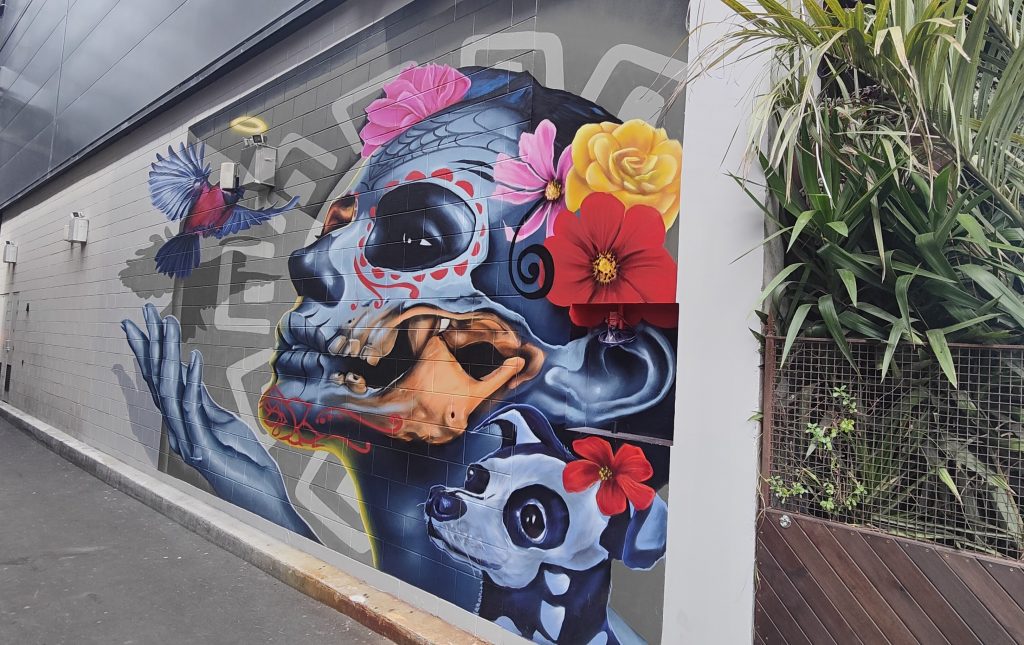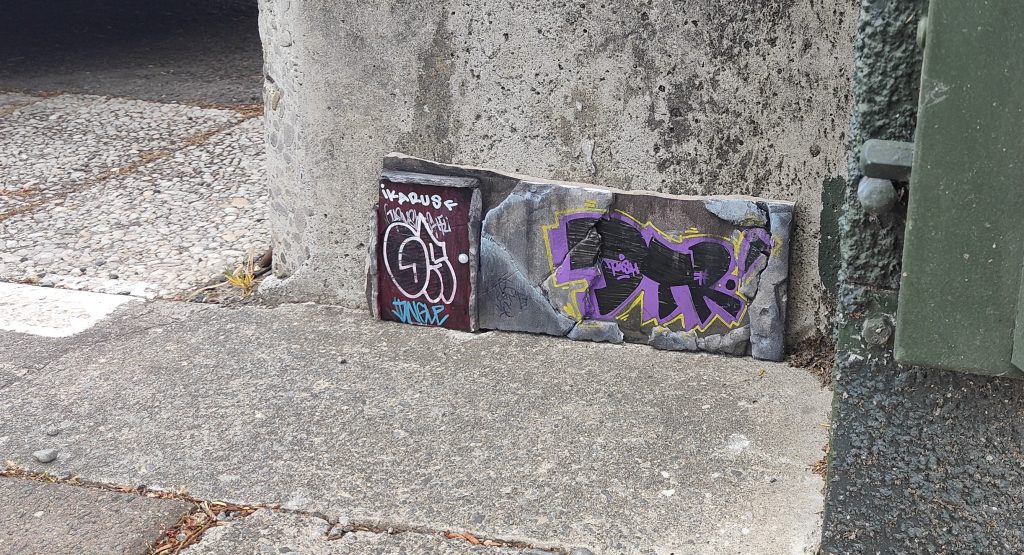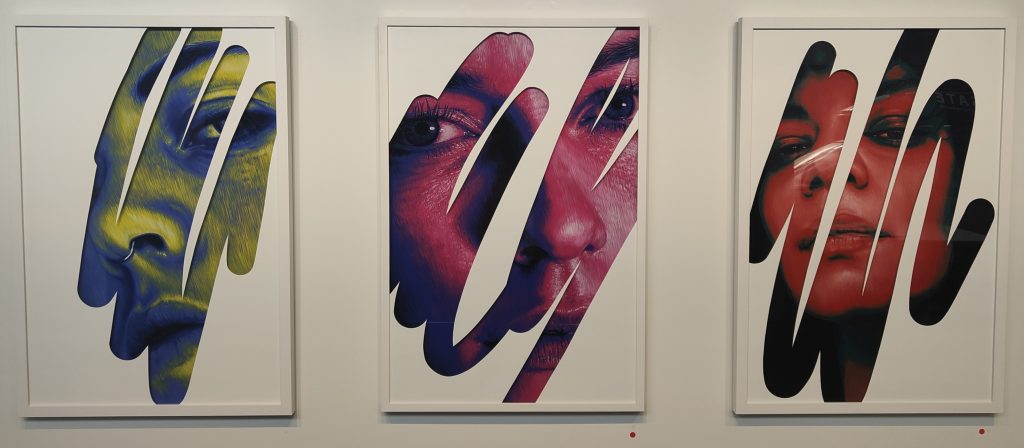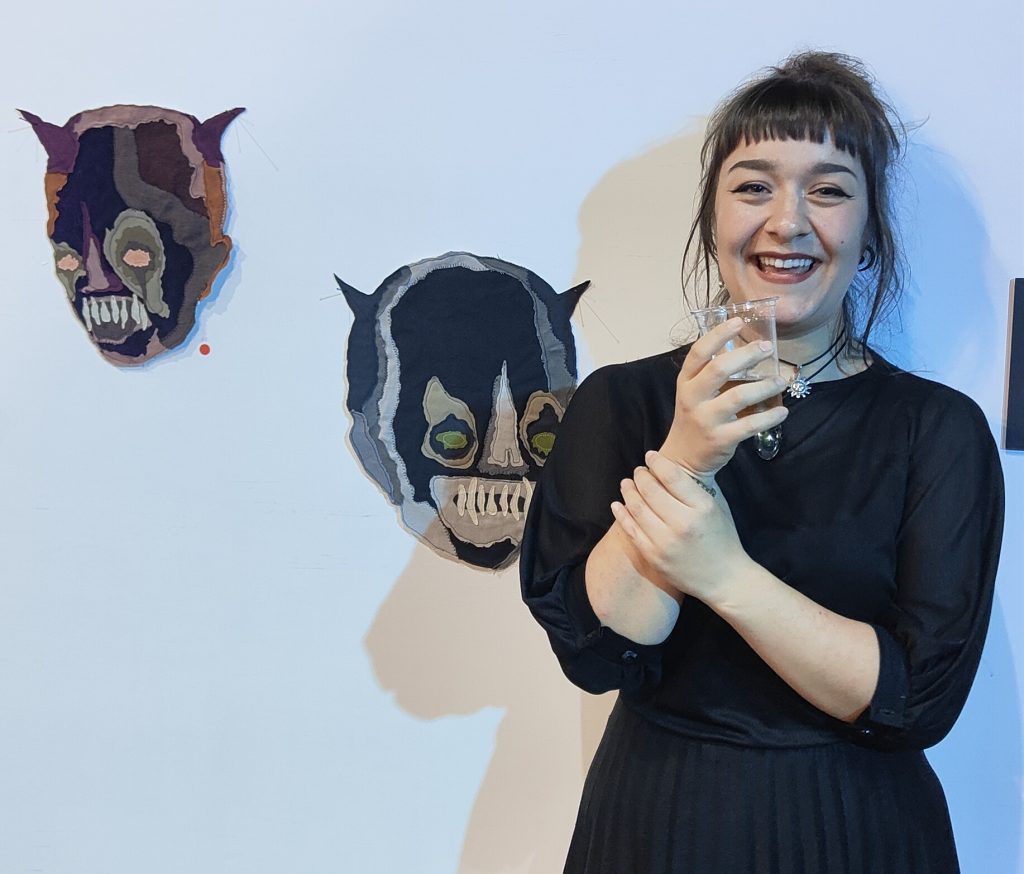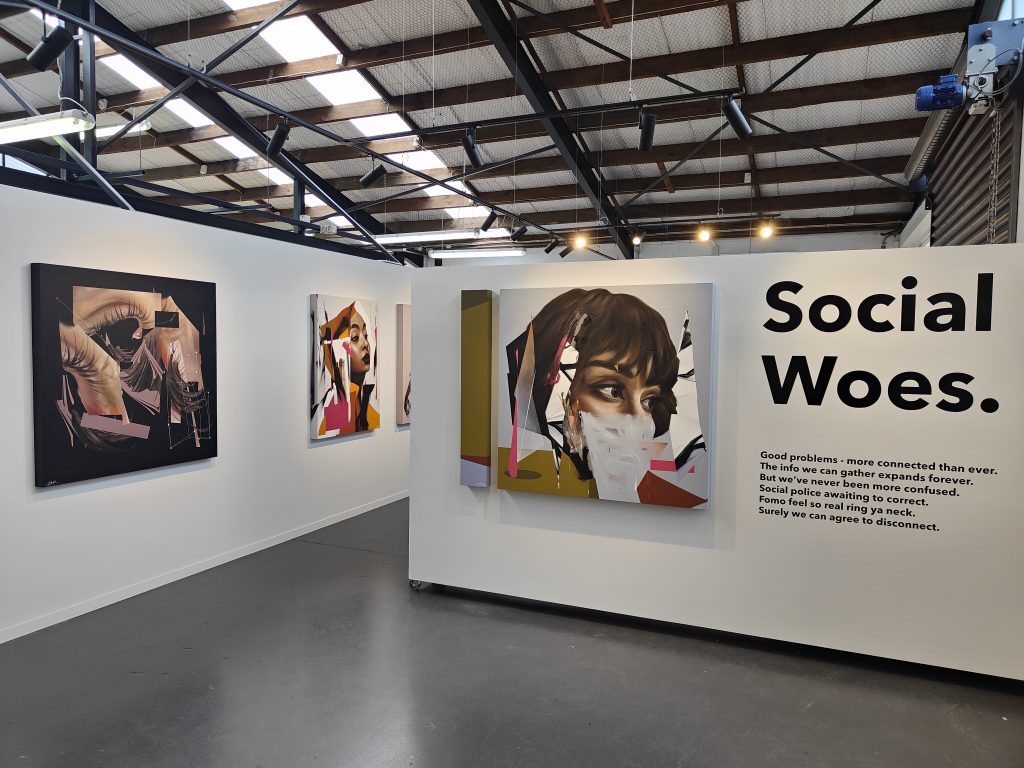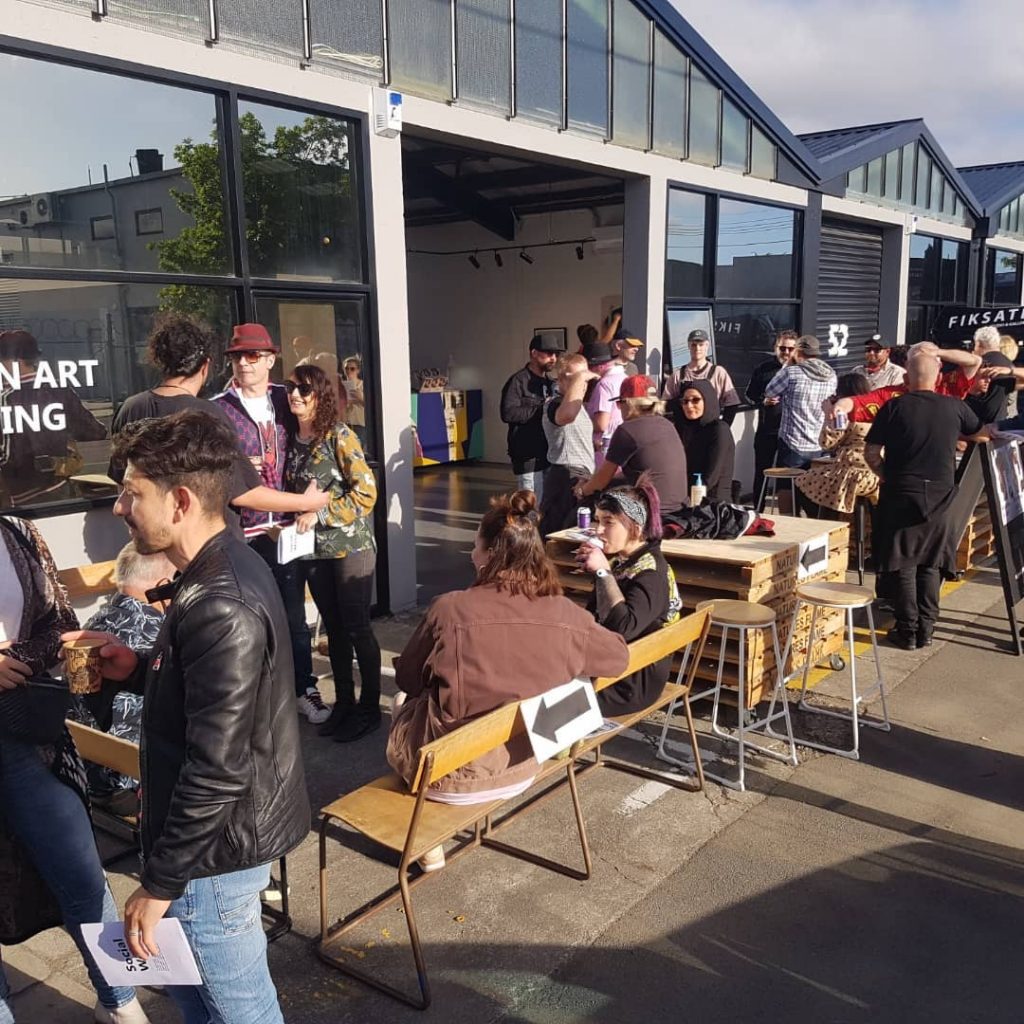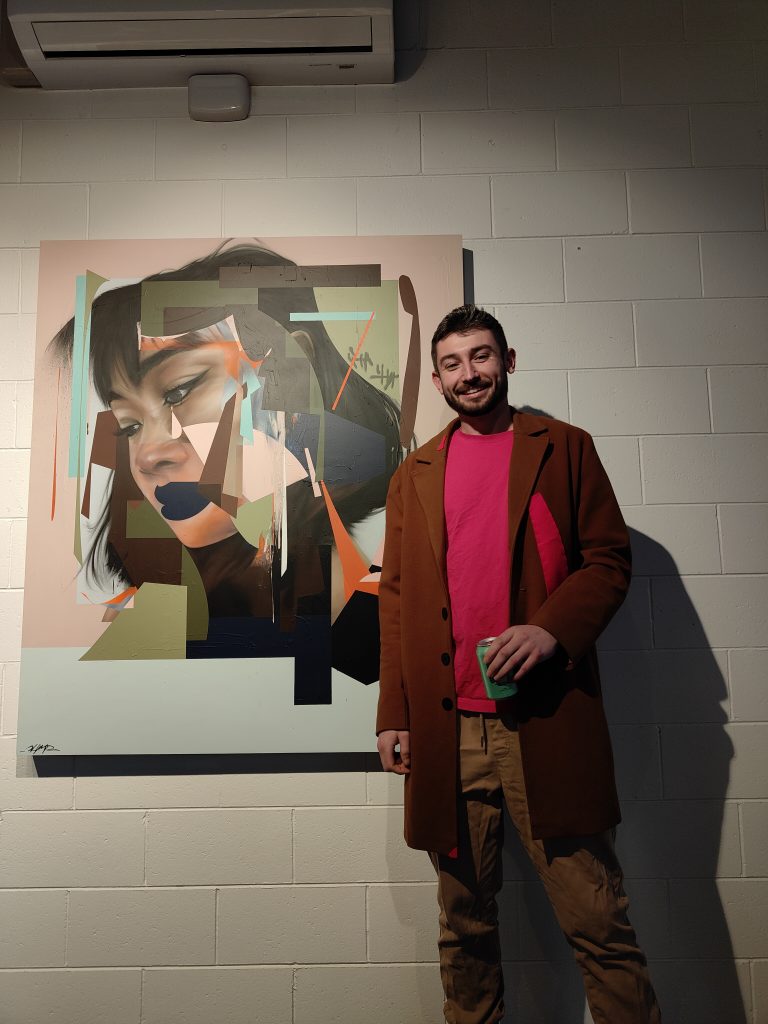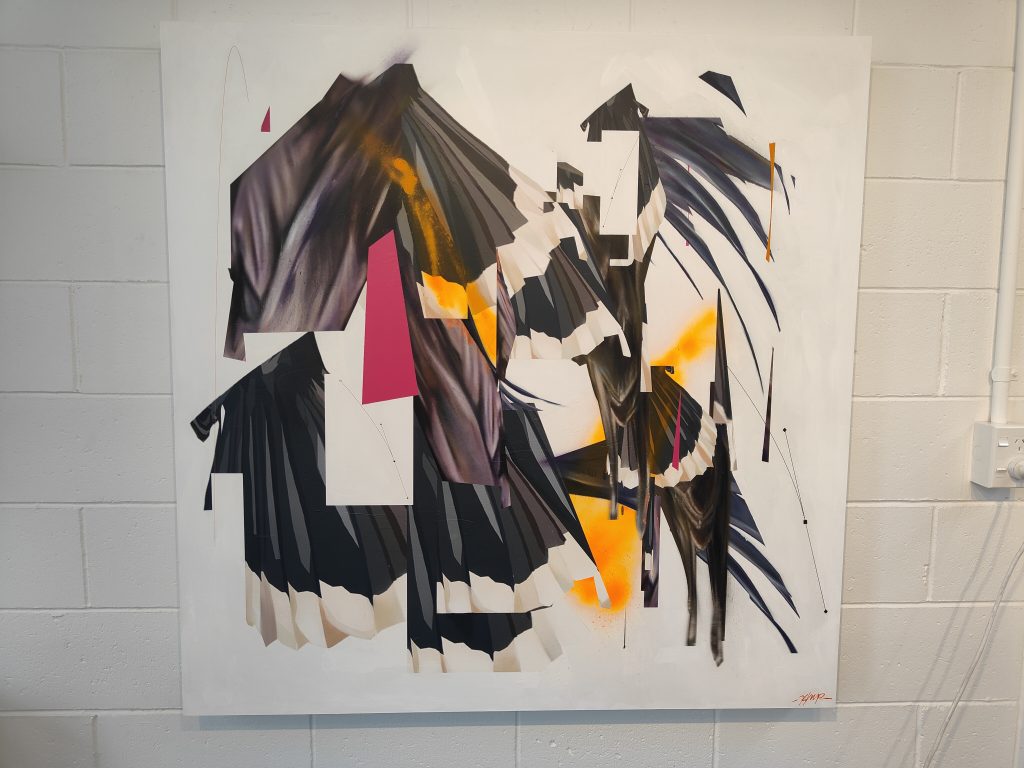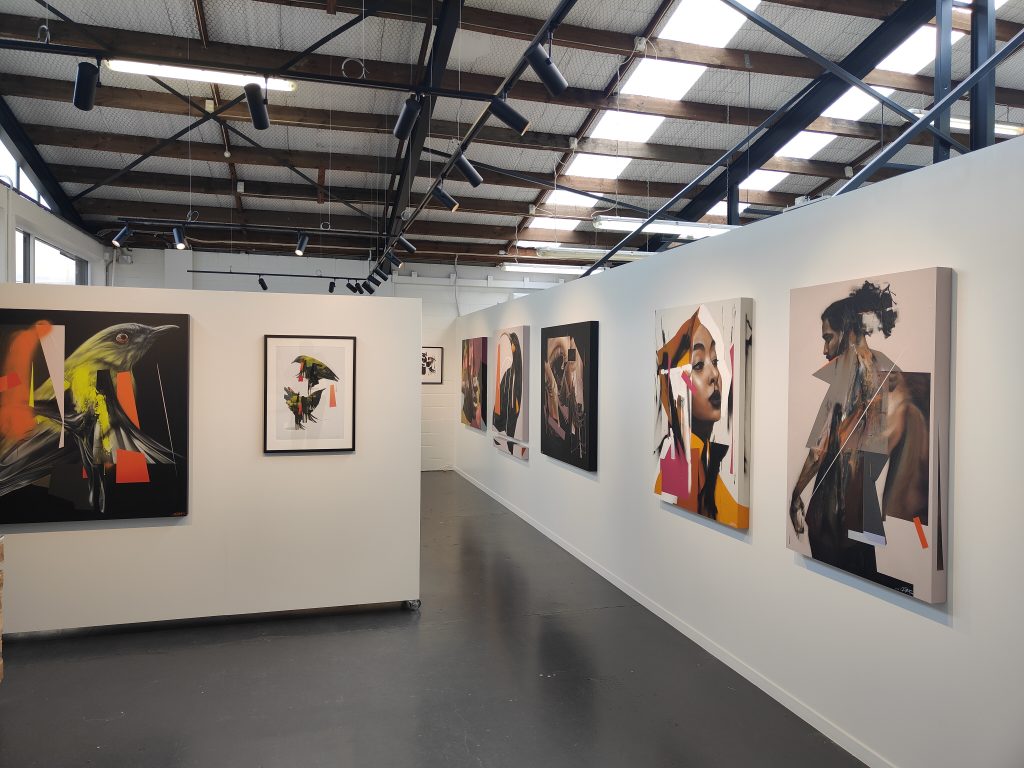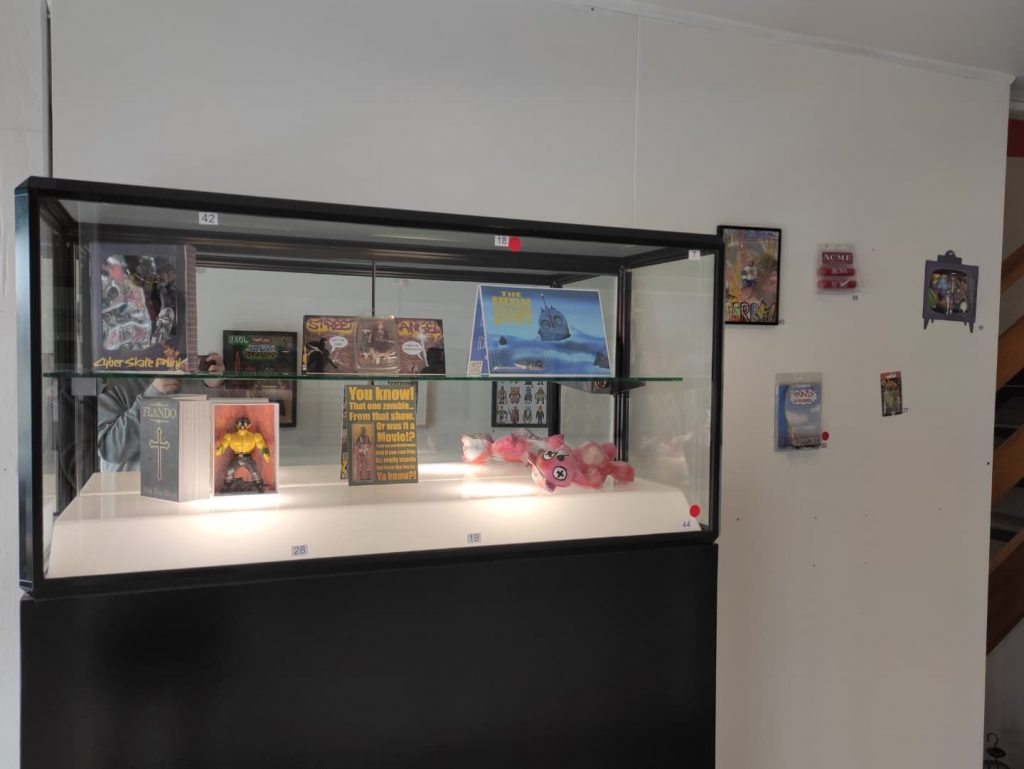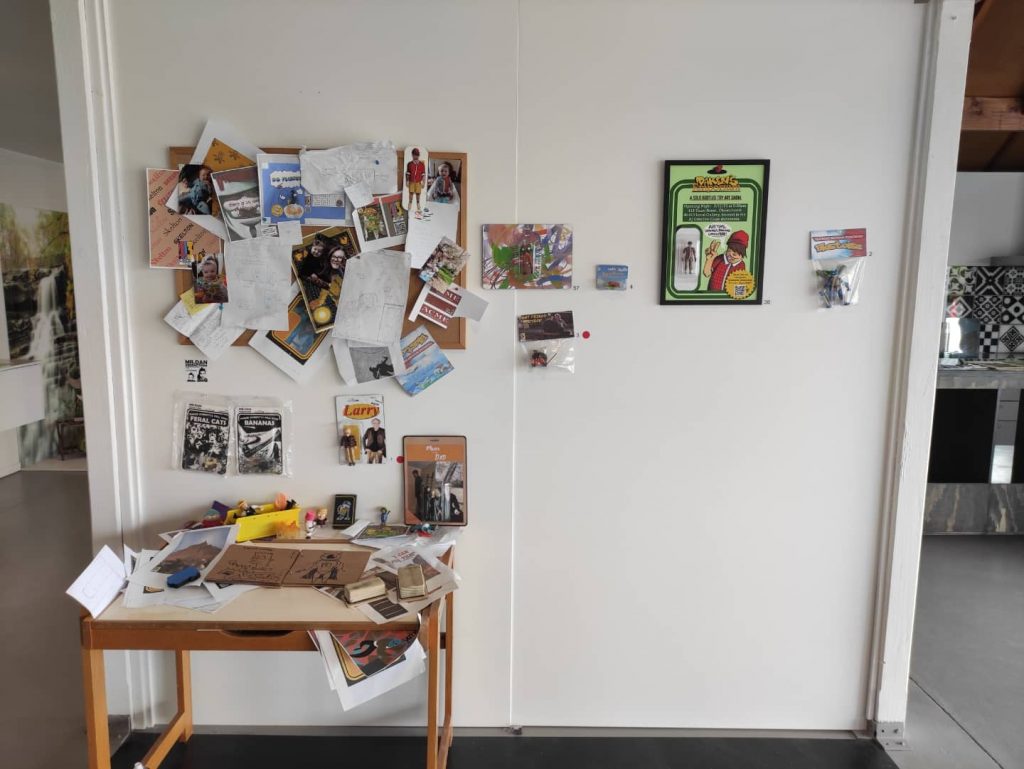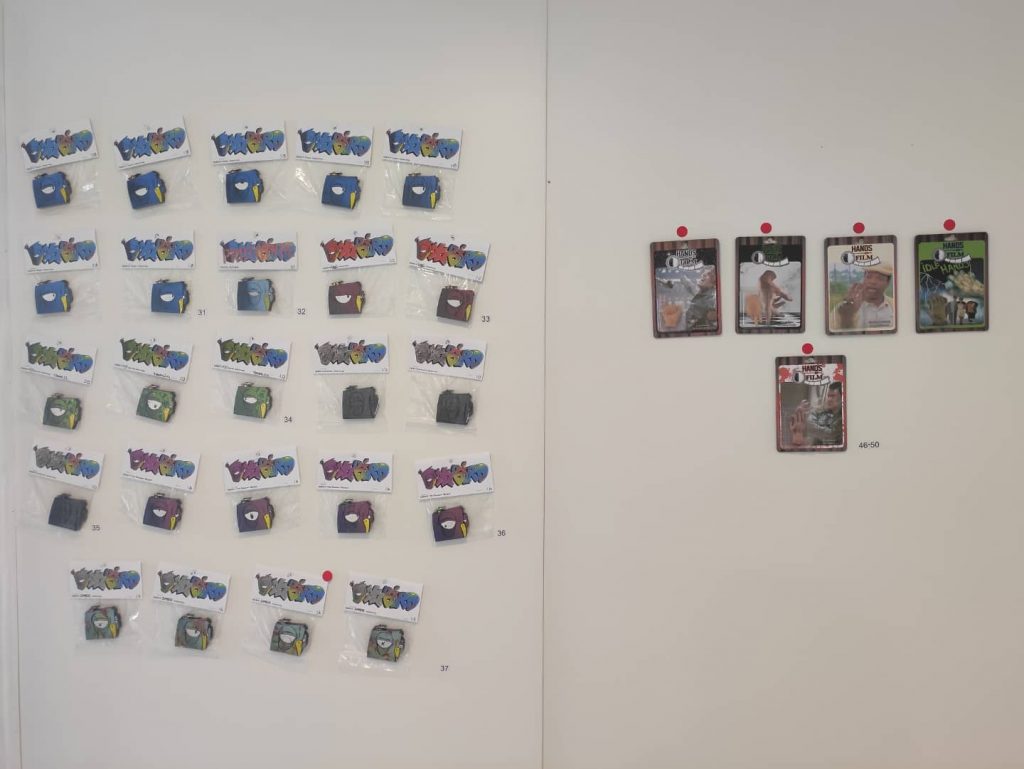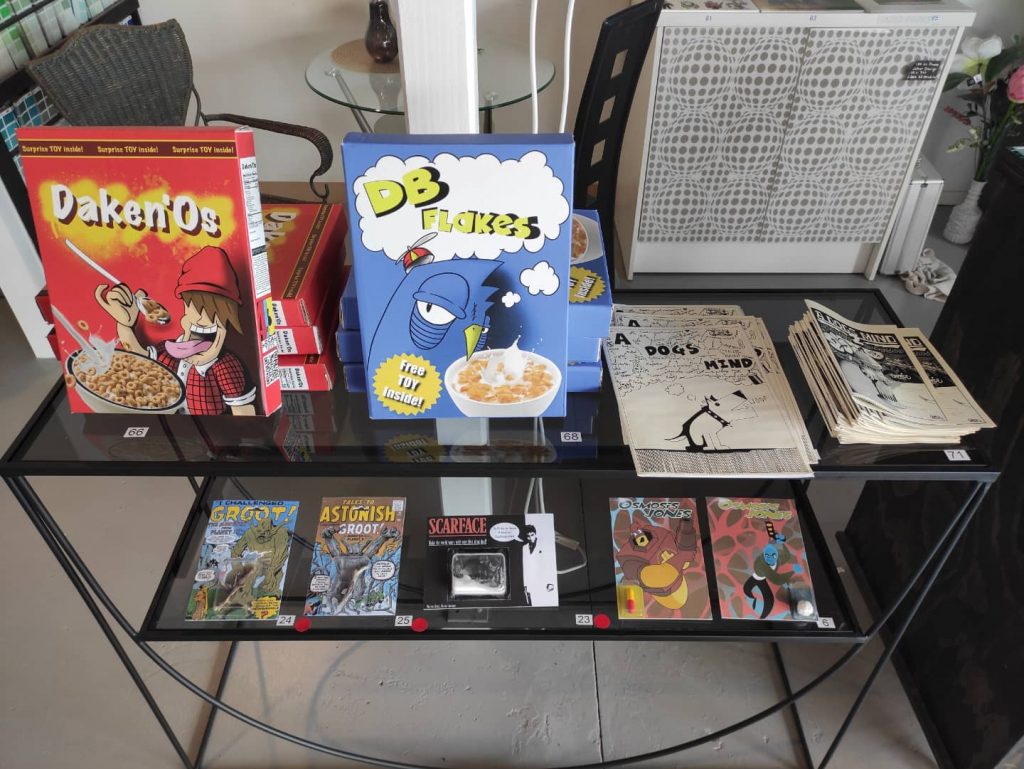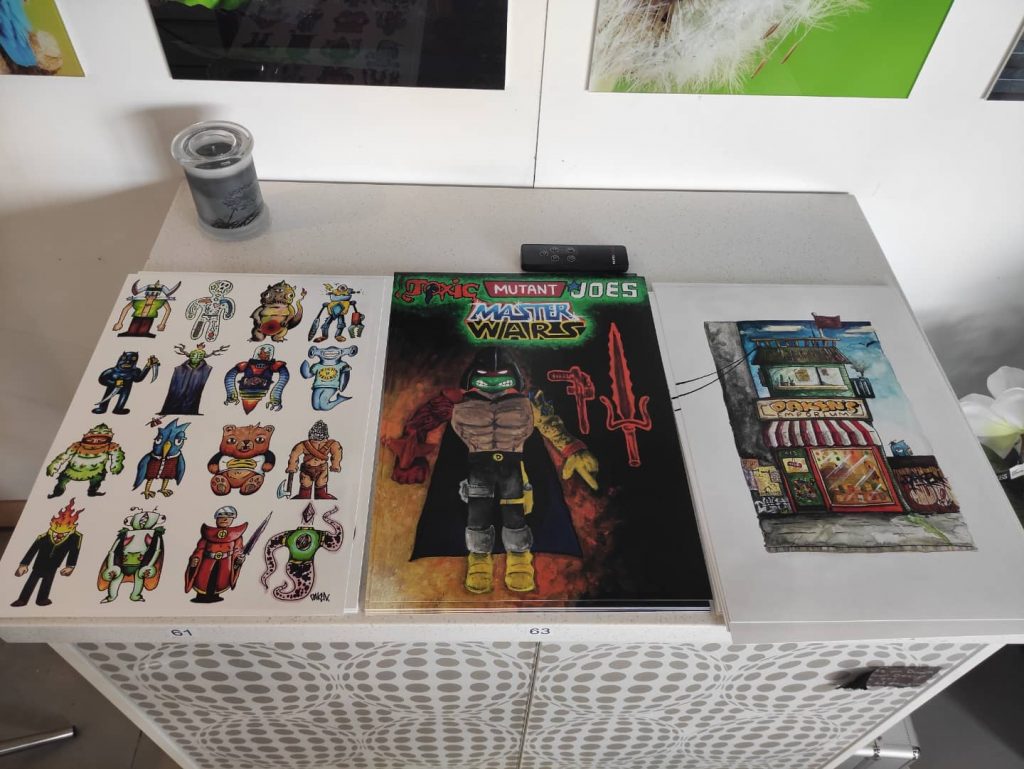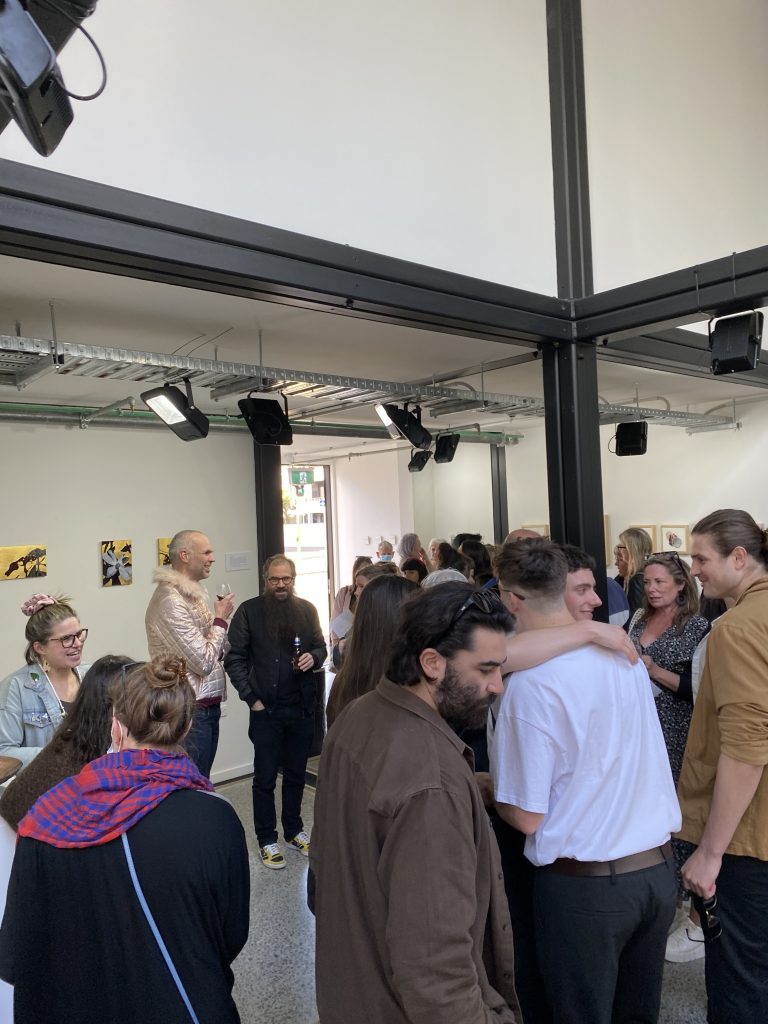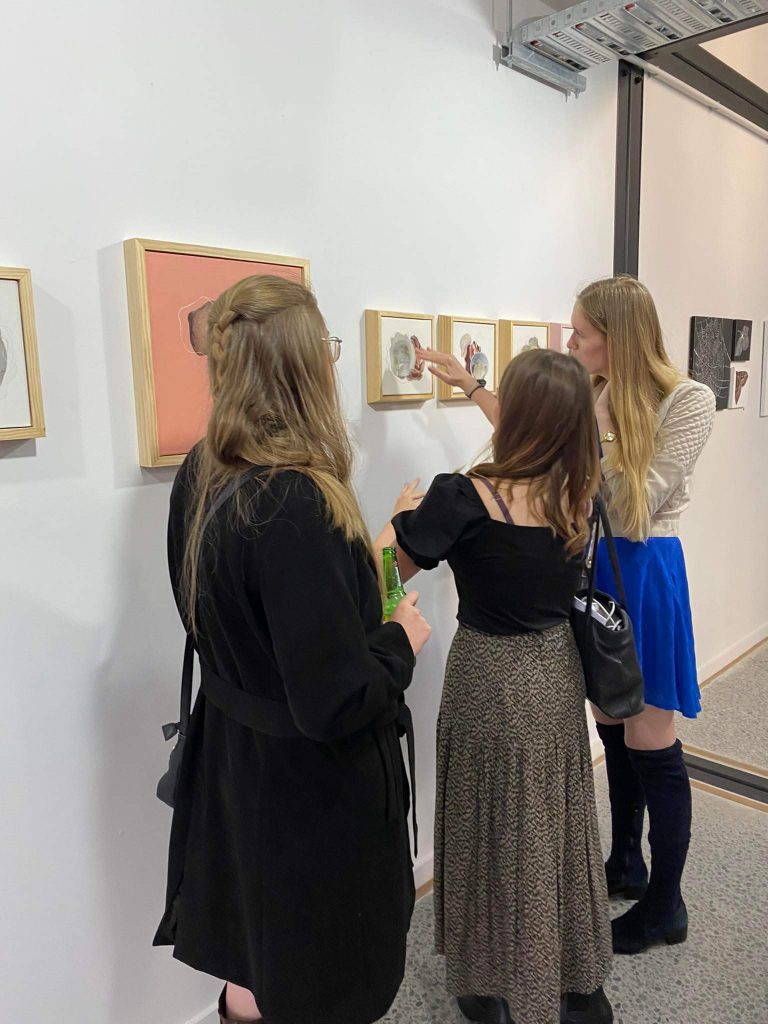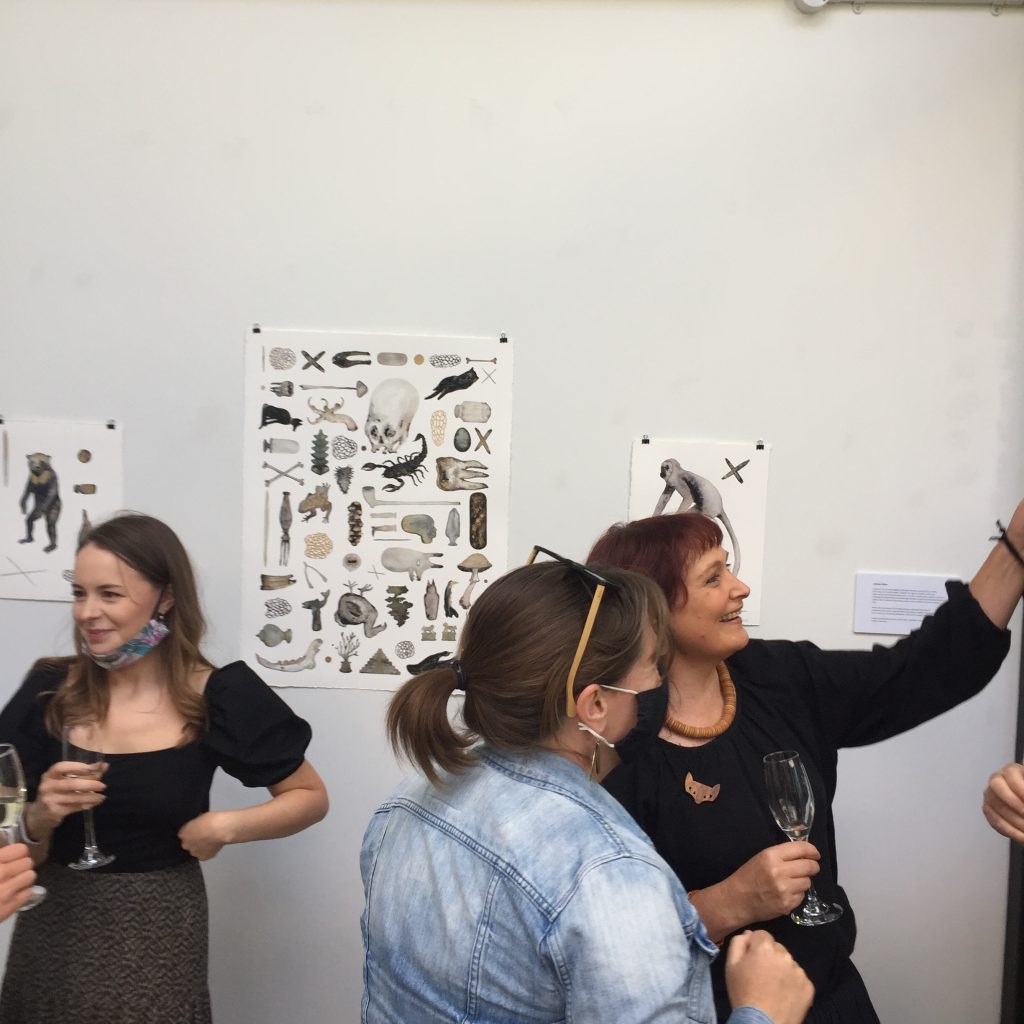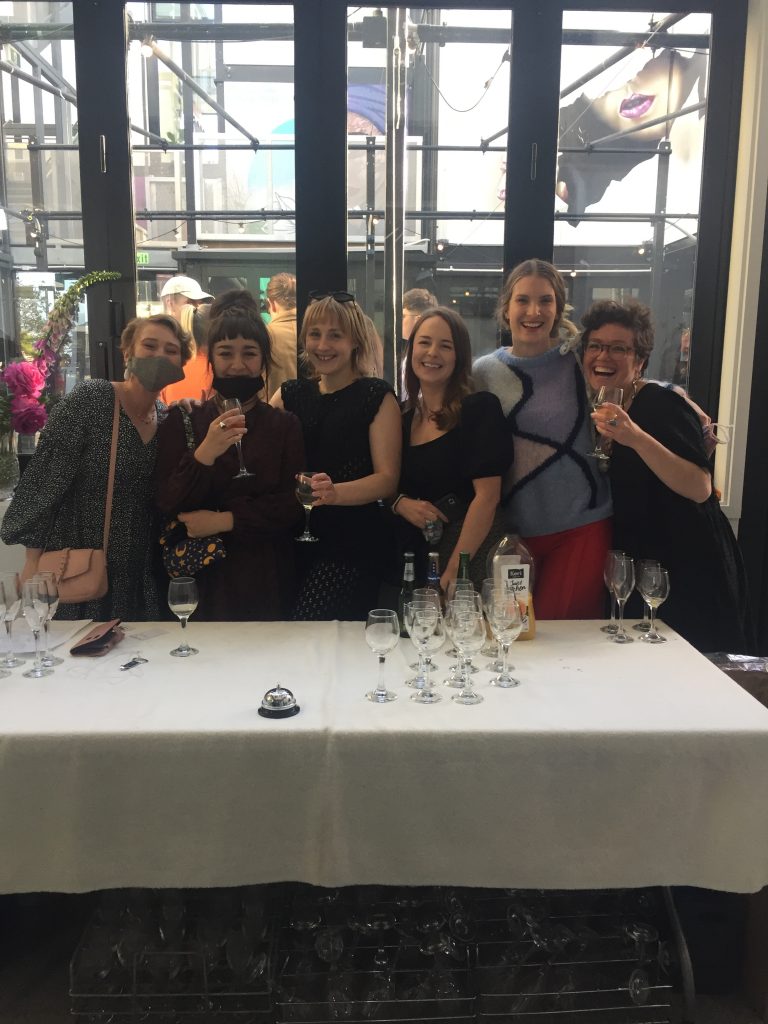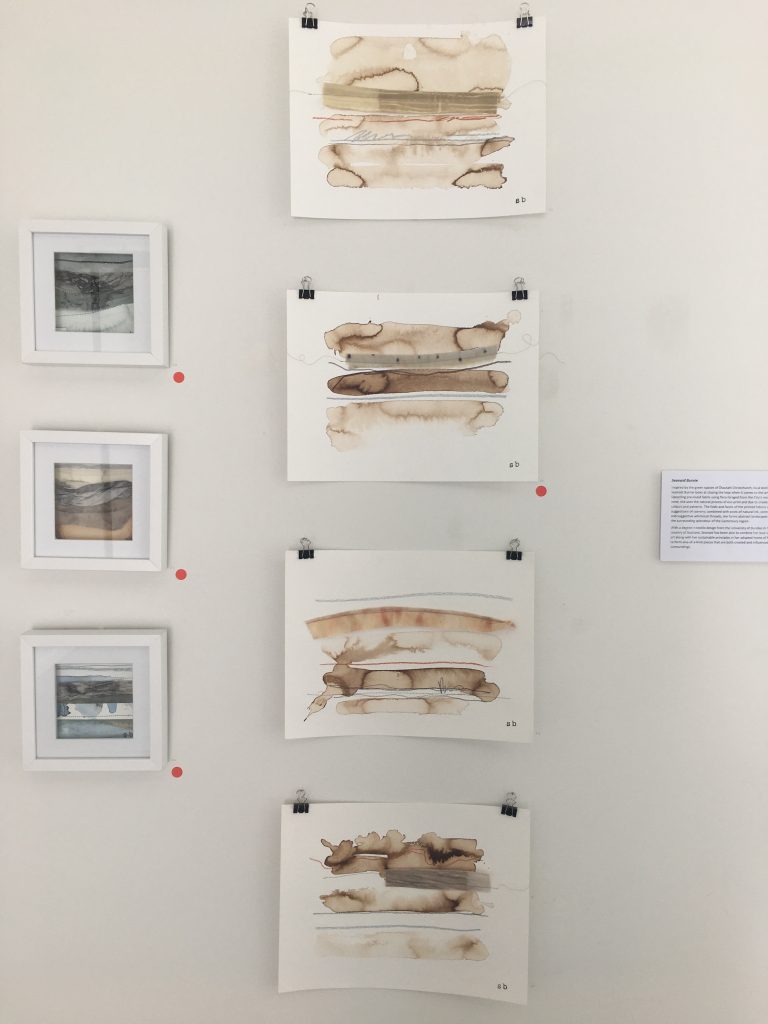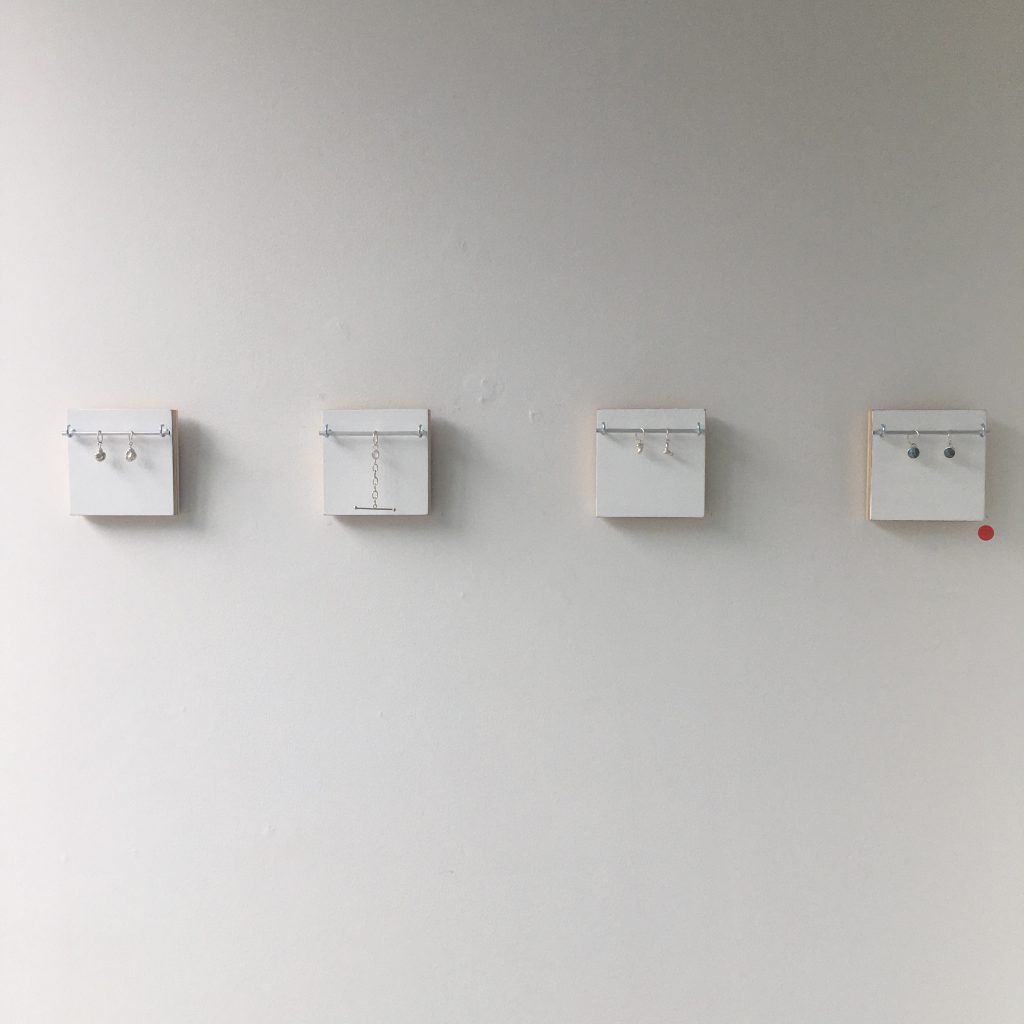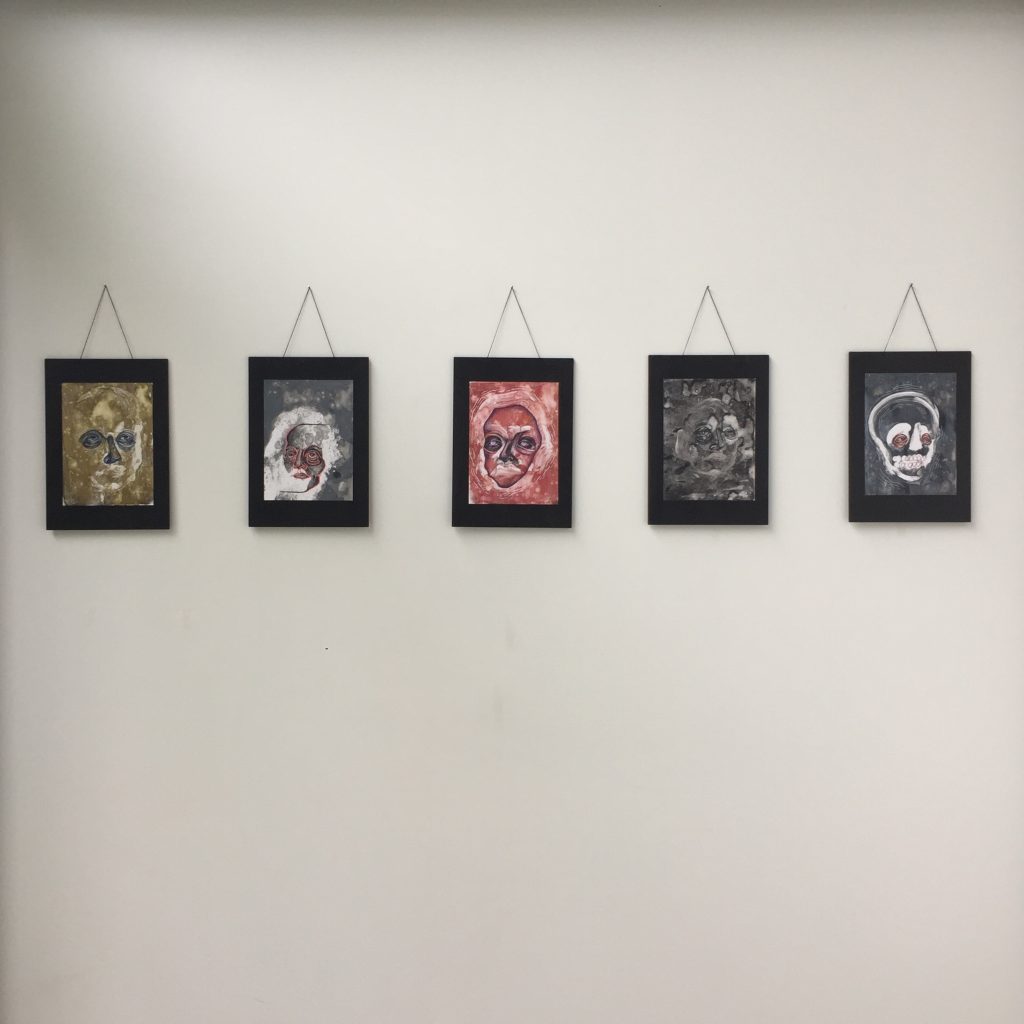With the countdown now beginning for the 2025 Little Street Art Festival, we thought it was a perfect time to recap the 2024 incarnation of the little festival with a big heart! Staged in December 2024 (which in itself is hard to fathom in the midst of our grey, bleak winter), the 2024 Little Street Art Festival was the second staging of the event, and presented a new roster of artists and activations – bringing fresh ideas around urban creativity to Ōtautahi – expanding the discourse around how art can exist in our streets, a reminder that small can be impactful and artists need not be restricted solely to the 2D format of muralism. Avoiding a curatorial theme, the 2024 Little Street Art Festival embraced diversity of narratives and materials, opening up new possibilities for artists and exposing audiences to fresh uses of urban space.
Jay ‘Daken’ Skelton’s Blackbook 101 was a comic book exploring aspects of graffiti culture, individual pages strapped to lampposts along Manchester Street, inviting the public audience to follow the unfolding story as they traversed the city. Bright and colourful, with Daken’s signature funk, the book invited people to reconsider their understanding of the visual information that existed around them – recontextualising the graffiti tags, stickers, throw-ups and pieces found in close vicinity through the drop of some knowledge. While Daken’s comic book manifested as a unique physical object, Sofiya R’s turn the page took independent publishing in an array of directions. Based on Sofiya’s collection of photogrpahs documenting the changing the urban landscape of Ōtautahi, the artist created a limited edition series of hand finished zines (changing details of the city noted by the overlay of colour images over the black and white documentation), as well as an installation of the zine imagery across a Manchester Street bollard – subverting the idea of which came first – the zine or the installation. To add another twist, copies of the zine were then distributed covertly throughout the city for people to collect – in one swoop, turn the page incorporated publishing, promotion and distribution – all through a thoughtful, artistic view of the city.
Inside the picturesque Arts Centre, Smeagol Doesart’s Drips subverted expectations by suggesting a fluidity behind the visible, a secretion of form that de-stabilised the familiar environment through some unsettling presence. These melting drips, seemingly made of heavy concrete, were in fact, light weight constructions – made from cardboard and expanding foam and textured with paint and sand. Testament to the artist’s deft creative touch, the subtle dispersal throughout the Arts Centre ensured that people were left surprised and uncertain as to what they were seeing – exactly the response the most powerful street art elicits. Similarly surprising were Klaudia Bartos’ sculpted faces found along Worcester Boulevard – an expansive series titled I See You, faces appeared on surfaces and urban detritus; a spilled coffee cup, a brick, a crushed can, a metal plate embedded in the footpath. These works, drawing on the phenomenon of pareidolia, invited double-takes, forcing people to question if what they saw was real or a confusion. These small works did not last long, rewarding intrepid explorers who were quick to seek them out, before vanishing – adding to the question of perception.
The final artist of the 2024 roster was Razor Taser Laser, stencil artist and urban prankster, whose work spanned two distinct projects that overlapped with themes around our experience of the digital and real worlds. The Writing is on the Screen was a series of emoji paintings at various points across the city – creating phrases for the public to interpret, taking cues from the surrounding landscape (“Do Androids Dream of Electric Sheep” next to Alice Cinemas, “It’s Getting Hot In Here, So Take Off All Your Clothes” in front of the Dance-O-Mat). The works, not only invited engagement, but also asked questions around how digital platforms are affecting our methods of communication – how do singular icons like emoji’s contrast with the collective power of phrasing words? Razor Taser Laser’s more lasting work, Golden Apple, Glistening Melon, found in Collett’s Lane, similarly explored the real world/digital world divide. Taking a still life painting found in the digital game Minecraft (itself based on a real oil painting), the artist created a real world painting, bringing the digital to life in a circular rotation, while retaining the process of digital imagery, painstakingly painting more than 3000 individual squares to render the image. In doing so, we are asked to think about how we increasingly see the world through the pixelated digital lens. For the audience, the language is visible and understood, but in different ways and depending on one’s perspective – much like the image, it makes sense in different ways and from different distances…
We had blast supporting the creation of these thoughtful, unique works for art by a group of super talented artists – and then introducing the public to the festival creations – from guided tours to workshops and a lively artist panel. We value the Little Street Art Festival’s ability to encourage new ways of exploring and experiencing the streets, asking people to look closer, to laugh at the absurd, to cherish the intimate moments, and to see possibility in the environment that surrounds us!
We have compiled a range of images from the 2024 Little Street Art Festival, captured by our friend Centuri Chan – a record of what our artists created, our interaction with their work, and as a reminder that this unique event will soon return!












































